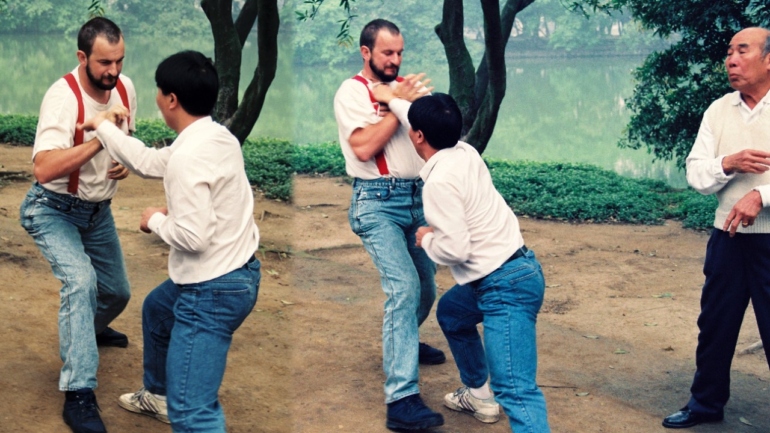Wing Chun’s Chi Sao partner exercise, or ‘sticking hands’, is relatively rare in martial arts. It allows students to develop instant attacking and defensive reactions based on feel rather than vision. Combined with similar forms of partner work,…


Wing Chun’s Chi Sao partner exercise, or ‘sticking hands’, is relatively rare in martial arts. It allows students to develop instant attacking and defensive reactions based on feel rather than vision. Combined with similar forms of partner work,…

Having a good stance is more than just placing your legs in the right position or ‘sinking the weight’. It’s about harnessing the power of the body’s lower section and getting it out through the hands. Ultimately your…

The centreline theory is a celebrated formula for gaining control of your opponent, but is it enough? Concepts of feeling and redirecting your opponent are not the exclusive domain of Wing Chun kung fu. Here are 4 ways…

Effortlessly controlling an opponent requires the successful application of a contradiction: Being relaxed but strong when the stakes are high. There’s a natural, self-preservation instinct to resist aggression directly. However, resisting leads to an arm wrestle that the…

In an ideal world, Wing Chun’s “I’ll hit him first” plan works every time. However, living in the real world, tools to counter the clinch are critical to rounding out your martial arts. UFC and Jiu Jitsu have…

Lung Ying (Dragon Shape) Grandmaster, Wu Hua Tai, believed that to excel in martial arts you must focus on goals, rather than one specific style. He studied a range of complementary styles, including Tai Chi Chuan, to improve…